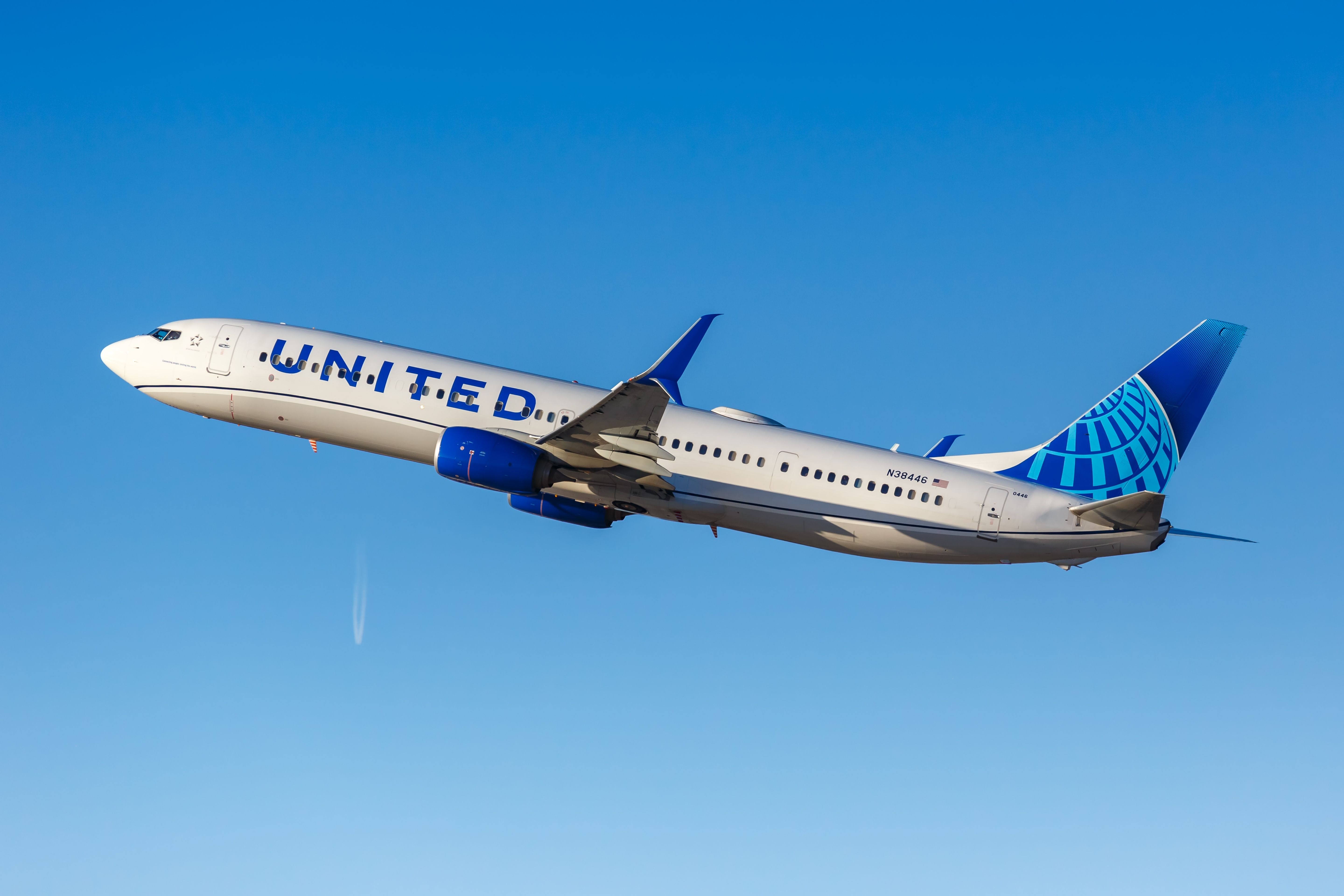Summary A United Airlines Boeing 737-900ER experienced a blown tire as it departed Denver on August 24. The aircraft safely landed at its destination airport, Seattle-Tacoma International Airport (SEA). However, the 737-900ER has stayed at SEA since the incident.
A United Airlines Boeing 737-900ER had lost a tire as it departed on a flight from Denver to Seattle, the United States, with the Federal Aviation Administration (FAA) confirming the incident that happened on August 24. Blown tire In an FAA Aviation Safety Information Analysis and Sharing (ASIAS) entry, the regulator’s report said that a United Airlines 737-900ER, registered as N37427, experienced a blown landing gear tire on August 24. The filing, published on August 26, did not include the number of pilots, flight attendants, or passengers who were onboard the aircraft.

However, the FAA detailed that it happened during the takeoff phase, with the aircraft operating United Airlines flight UA759. The aircraft stayed on the ground at Los Angeles International Airport (LAX) for several hours after the incident. Landing in Seattle According to Flightradar24 data, the 737-900ER departed Denver International Airport (DEN) at 15:54 local time (UTC -6) on August 24.
After the aircraft left DEN, it climbed to a maximum altitude of 30,000 feet (9,144 m), descending to 26,000 ft (7,924 m) as it crossed Wyoming, and then climbed back up to the latter altitude as it was halfway through Idaho. However, just before the United Airlines crew initiated the descent into Seattle-Tacoma International Airport (SEA), which has experienced an ongoing service outage following a potential cyberattack, the 737-900ER entered into a holding pattern at 26,000 ft (7,924 m). Having entered the holding pattern just to the southeast of SEA at 16:58 local time (UTC -7), the aircraft began to descend toward its destination at 17:20, leaving the holding pattern simultaneously.
Eventually, the 737-900ER landed at SEA at 17:43. The aircraft briefly stayed on the runway that it had landed on before finally reaching the gate area at 18:11, according to the flight tracking website. Throughout the event, the flight crew never squawked 7700, which would have indicated a general emergency onboard the aircraft.
Certain squawk codes are reserved for emergency situations. Staying at the airport Since the incident on August 24, the 737-900ER has not had a flight out of SEA, Flightradar24 tracking showed. On the day of the incident, it had been the aircraft’s fourth flight.
Ch-aviation data showed that Boeing delivered the 737-900ER to Continental Airlines on August 28, 2008, with United Airlines now configuring the aircraft with 114 economy, 45 premium economy, and 20 business class seats, totaling 179 seats onboard the single-aisle jet. The ownership of the aircraft was transferred from Continental Airlines to United Airlines as the two carriers merged in the early 2010s. As of April 30, the aircraft had 49,358 flight hours (FH) and 17,342 flight cycles (FC), with ch-aviation citing Boeing data.
The site estimated that in the next three months, the aircraft had accumulated another 808.33 FHs and 316 FCs. The United Airlines Boeing 787-10 was already scheduled to leave Edinburgh, Scotland.
.



















